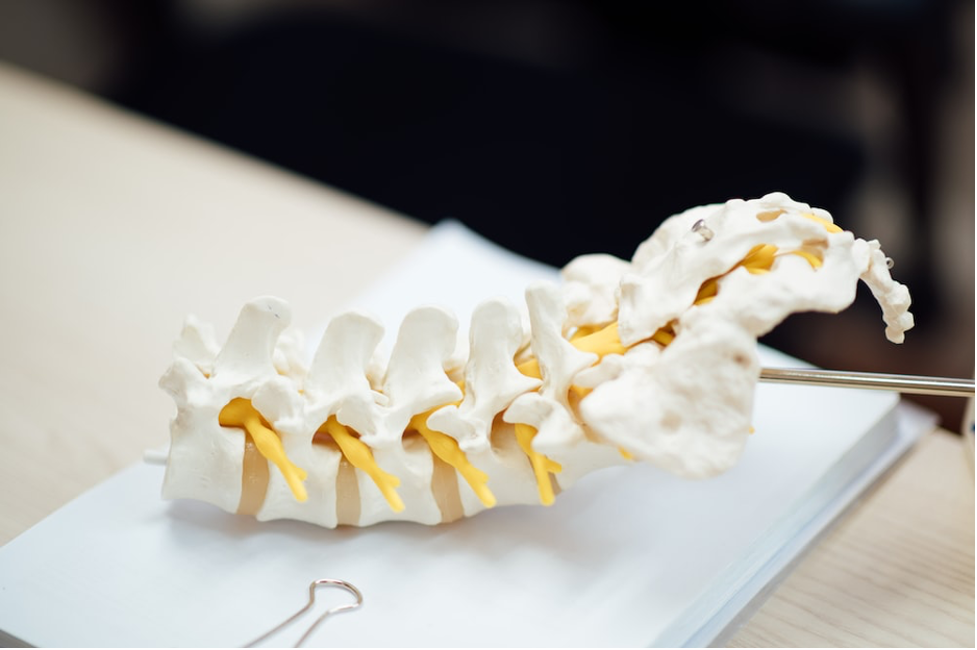Difference Between a Chiropractor and a Physical Therapist
Most patients suffering from injuries and chronic pains are often advised to visit a chiropractor or a physical therapist. Both chiropractors and physical therapists work to restore and ensure the well-being of their patients.
So, what’s the difference between a chiropractor and a physical therapist? This guide will examine the differences between these two healthcare practitioners.
Explore our detailed guide to the differences between a chiropractor and a physical therapist
- A Chiropractor vs. a Physical Therapist
- Job Responsibilities for Chiropractors vs. Physical Therapists
- Treatment Modalities of Chiropractors vs. Physical Therapists
- Treatment philosophies
- Workspace
- Education
- Conclusion
Jump to the section that interests you the most or read through the guide to learn the differences between chiropractors and physical therapists.
A Chiropractor vs. a Physical Therapist
Chronic pain, stiffness, and discomfort may be treated and managed by licensed specialists using a variety of treatments, such as chiropractors and physical therapists. Chiropractors, like physical therapists, treat patients of all ages. Each one strives for the same goal: to improve a patient’s mobility, adaptability, and quality of life by developing individualized rehabilitation programs based on a comprehensive evaluation of their particular requirements, injuries, and physical condition.
Physical therapy and chiropractic treatment effectively treat various symptoms and health conditions, alone or in combination. However, the techniques and viewpoints they use to do this may be very different. One therapy strategy may be preferable to another in certain situations, depending on the nature of the pain. Patients seeking pain relief may benefit from understanding more about the differences between the two regions so that they may choose the most appropriate therapeutic option for their requirements. Let’s compare a chiropractor with a physical therapist to see the differences.
1. Job Roles of Chiropractors vs. Physical Therapists
An automobile accident victim, for example, may visit a chiropractor for whiplash therapy in their neck. An office worker with carpal tunnel syndrome in their wrists may also seek chiropractic care. The chiropractor’s area of practice includes prenatal care, treatment for sports injuries, and headache alleviation caused by cervical spine or nervous system malfunction.
On the other hand, physical therapists treat injuries and diseases that affect the whole body, emphasizing how these problems affect the patient’s mobility, performance, and strength. Through a rigorous physical rehabilitation plan, they seek to restore the patient’s pre-injury functioning as nearly as possible. Physical therapists assist persons who have suffered injuries or diseases in regaining mobility and function. They might assist with activities like learning to walk again after a stroke, moving around with prosthetics, or recuperating from surgery.
2. Treatment Modalities of Chiropractors vs. Physical Therapists
Understanding the distinctions between various healthcare providers necessitates a more in-depth evaluation of each treatment method. A chiropractor may provide the following services:
- Conduct tests, take X-rays, and perform physical examinations
- Assess the patient’s posture and spinal alignment
- Administer heat and cold therapy to treat pain and promote healing
- Administer therapeutic ultrasound to improve soft tissue complaints
- Provide soft tissue mobilization or massage
- Use spinal traction to reduce nerve pressure
- Administer electrical nerve stimulation
- Recommend nutritional improvements and lifestyle changes
A physical therapist, like a chiropractor, will assess a patient’s history and present symptoms to decide the best course of therapy. They then do patient evaluations, which may involve seeing the patient walk or operating a particular physical organ. The physical therapist will use the results of these tests to create a complete physical rehabilitation plan for the patient. The following therapy techniques may be included in a patient’s rehabilitation plan:
- Passive and active stretches and exercises designed to increase strength, range of motion, flexibility, and overall mobility
- Therapeutic ultrasound
- Joint mobilization techniques
- Heat and cold therapy
- Massage therapy
- Training for the use of assistive devices, orthotics, and prosthetics
- Kinesiology taping to facilitate muscle function and decrease pain
- Light therapy for wound healing and the treatment of chronic pain
3. Treatment philosophies
Chiropractors use spinal manipulation and alignment to treat pain and inflammation. After examining your situation, they may prescribe massages and dietary and lifestyle changes.
On the contrary, following a comprehensive diagnosis, a physical therapist will work with the patient to restore mobility, strength, and function while treating related pain. They construct a wellness plan, advise the client on exercises, postures, hands-on manipulation, treatments, and other preventive measures, and monitor their improvement. A physical therapist may assist a patient in regaining movement after surgery, an accident, or a medical condition.
4. Workspace
Chiropractors can adjust the spine using equipment and in a designated place. However, physical therapists may operate in various contexts, including homes, schools, gyms, sports and rehabilitation facilities, hospitals, and private practices.
5. Education
To practice chiropractic, one must first get a bachelor’s degree and then attend chiropractic school to obtain a doctorate. They should next be prepared to take and pass the state licensing tests.
For admittance into clinical practice, a Ph.D. in physical therapy is necessary, followed by completing a licensure test.
Conclusion
When chiropractic and physical therapy are utilized, pain management and other medical issues may easily be managed without surgery. Some patients may need chiropractic and physical therapy to recover from their ailments fully.
At All Star Chiropractic in Northern Kentucky, we provide comprehensive chiropractic care. Schedule a consultation today if you have back, neck, or muscle discomfort to learn how we can help you feel better.


